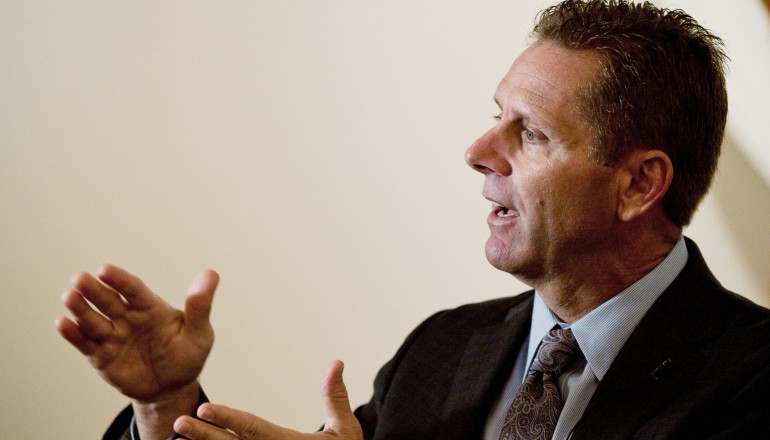Spectrum Talk
But they are not enough to solve wireless capacity problems—not when nearly half the American adult population owns a smartphone and data usage continues to explode. For example, AT&T’s 30,000 Wi-Fi hotspot network is the largest provided by any U.S. wireless carrier, but it offloads a mere 1% of all the mobile data traffic we carry …
Five Ways the Internet is Not Open
“Keep the Internet Open” demands the chief Internet propagandist of Google in the New York Times last week. Earlier in the week I saw the same Vint Cerf open the…
Hanging up on the Phone System
I was fortunate enough to be invited to attend The End of the Phone System conference at Wharton in Philadelphia last week as a respondent to one of the papers….
Correcting a False Assertion About the Internet
The main reason for creating his blog was to correct false impressions and spin about technical subjects with policy implications. It’s common practice these days for folks with a policy…
Internet or Else, Peasants!
There was a bizarre column in the New York Times this week about net neutrality that managed to mangle the issue as severely as anyone has (Net Neutrality and Economic…
Isenberg Defends “Infinite Spectrum Capacity” Claims
Writing on his blog, David S. Isenberg defends the claims he made to New York Times reporter Brian X. Chen on infinite spectrum: The pervasive misunderstanding of how we use…
Unfit to Print
Spectrum policy is one of the most difficult policy issues that Congress has to deal with, and for that reason the Communications Act of 1934 established the FCC as a…




